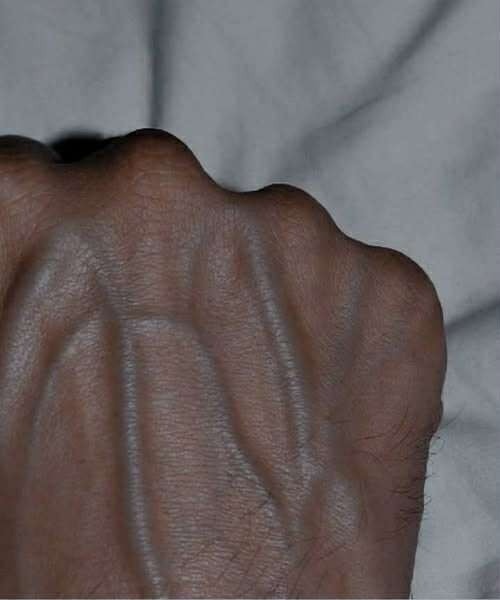Genetic factors can’t be overlooked either. Visible veins often run in families, and people with lighter skin tones may see their veins more clearly simply because of pigmentation differences.
However, not all changes in vein appearance are purely cosmetic. A sudden shift—especially if accompanied by discomfort—can sometimes signal that circulation isn’t working as efficiently as it should.
Conditions like chronic venous insufficiency and varicose veins can cause heaviness, swelling, or veins that appear enlarged and twisted. These issues can develop gradually and are influenced by things like long periods of standing, pregnancy, weight fluctuations, or family history.
Occasionally, more significant symptoms—such as warmth, redness, swelling, or tenderness along a vein—may indicate irritation or inflammation that needs medical evaluation. While most vein changes are minor, it’s important to pay attention if something feels unusual or sudden.
Temporary triggers can also make veins more visible. Hard workouts, dehydration, hormonal shifts, or rapid weight changes can all create the impression that veins appeared “overnight,” even though they’ve always been there.
So how do you know what’s typical?
If your veins have always been somewhat visible, if you’re active, or if you naturally have thinner skin or lower body fat, pronounced veins are usually just part of your normal physiology. But if you notice new discomfort, swelling, heat, or a sharp change in appearance, it’s a good idea to seek advice from a healthcare professional for clarity and peace of mind.
If your concern is primarily cosmetic, there are noninvasive ways to support healthy circulation: regular movement, hydration, maintaining a stable weight, elevating your legs when resting, and using compression stockings if recommended. Many people also explore options like sclerotherapy or laser treatments with a licensed specialist.
It’s also worth acknowledging the emotional side. For some people, visible veins feel like a sign of strength or fitness. For others, they’re a reminder of aging, weight changes, or life transitions. Everyone interprets their reflection differently, and that’s normal.
The bottom line is that visible veins are often a natural part of how the body works. They can reflect age, genetics, lifestyle habits, or physical activity. But paying attention to sudden changes—especially ones that come with discomfort—can help you stay proactive about your health.
Your veins are more than lines beneath the skin. They’re part of your circulatory system, your life experiences, and your biology. Understanding them gives you one more way to care for your body with awareness and confidence.

